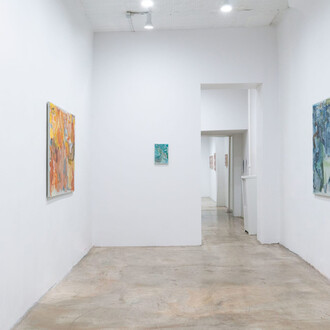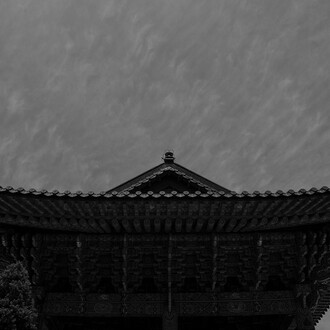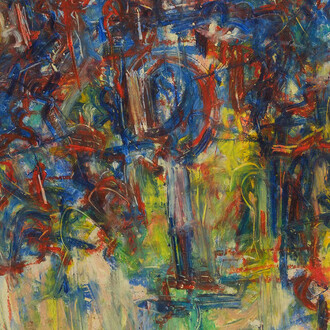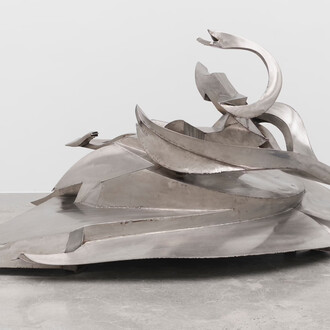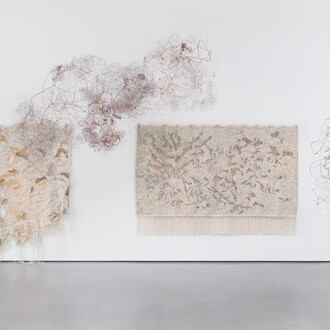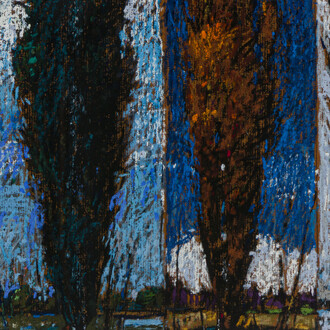Massey Klein Gallery is pleased to present Aberration, a solo exhibition of new paintings and ceramics by Nick McPhail. The exhibition will be on view from September 6th through October 18th. An opening reception will be held on Saturday, September 13th from 6-8pm. This is the artist’s second solo exhibition with the gallery.
Aberration presents two new bodies of work from artist Nick McPhail. Created through recent material experimentation, the new paintings and handcrafted ceramic vessels are representative of the artist’s evolving conceptual focus on spatial perception, memory, and temporality.
In addition to his ongoing painting practice, McPhail has recently developed a new series of hand built ceramic vessels that explore how image and form can interact in three dimensions. These sculptural works often begin with a domestic reference point—most commonly the shape of a milk jug—that anchors each piece in a familiar or utilitarian form. The artist then wraps each vessel in imagery drawn from real or remembered landscapes, using a painterly approach that resists fixed perspective. As the imagery bends and folds around each form, it takes on a perceptual fluidity— mirroring the way the world is experienced not as static, framed images, but as something seen in motion, filtered through memory and physical presence.
This body of work pushes McPhail’s practice into a more sculptural and architectural realm, while still remaining grounded in painterly concerns of surface and color. It creates a new vocabulary through which the artist can explore how place, memory, and perception interact.
The second, more expansive body of work, is McPhail’s most recent painting series. Here, the artist experiments with layered imagery that compresses multiple places, temporalities, and modes of seeing into a single visual field. His process has become slower and more durational, allowing time itself to become a structural force in the work. Rather than beginning and completing a painting in a single arc, he returns to each piece over weeks or months, letting accumulated memory and new visual impressions guide the evolving composition.
McPhail’s new approach allows memory to surface more freely—often in unanticipated ways. Images shift, dissolve, or return in altered forms, and the final works become records not just of place, but of the experience of remembering place, intertwining time and perception. Through his process, McPhail explores how a painting can hold not one fixed moment, but multiple temporalities—layered, and at times, unresolved.
Both bodies of work reflect a shift in McPhail’s practice toward deeper investigation of spatial and perceptual experience. Whether through ceramics or painting, the artist explores how imagery can function beyond representation—how it can hold and alter our sense of time, place, and self.






